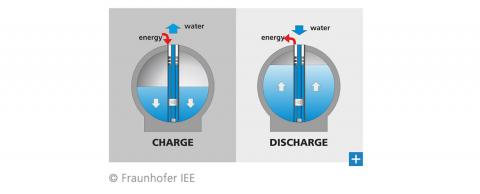ML Framework That Includes Emissions Optimisation
CATransformers is a new machine learning framework developed by META AI that includes embodied and operational emissions as parameters to optimise for alongside latency, energy consumption, and accuracy.












